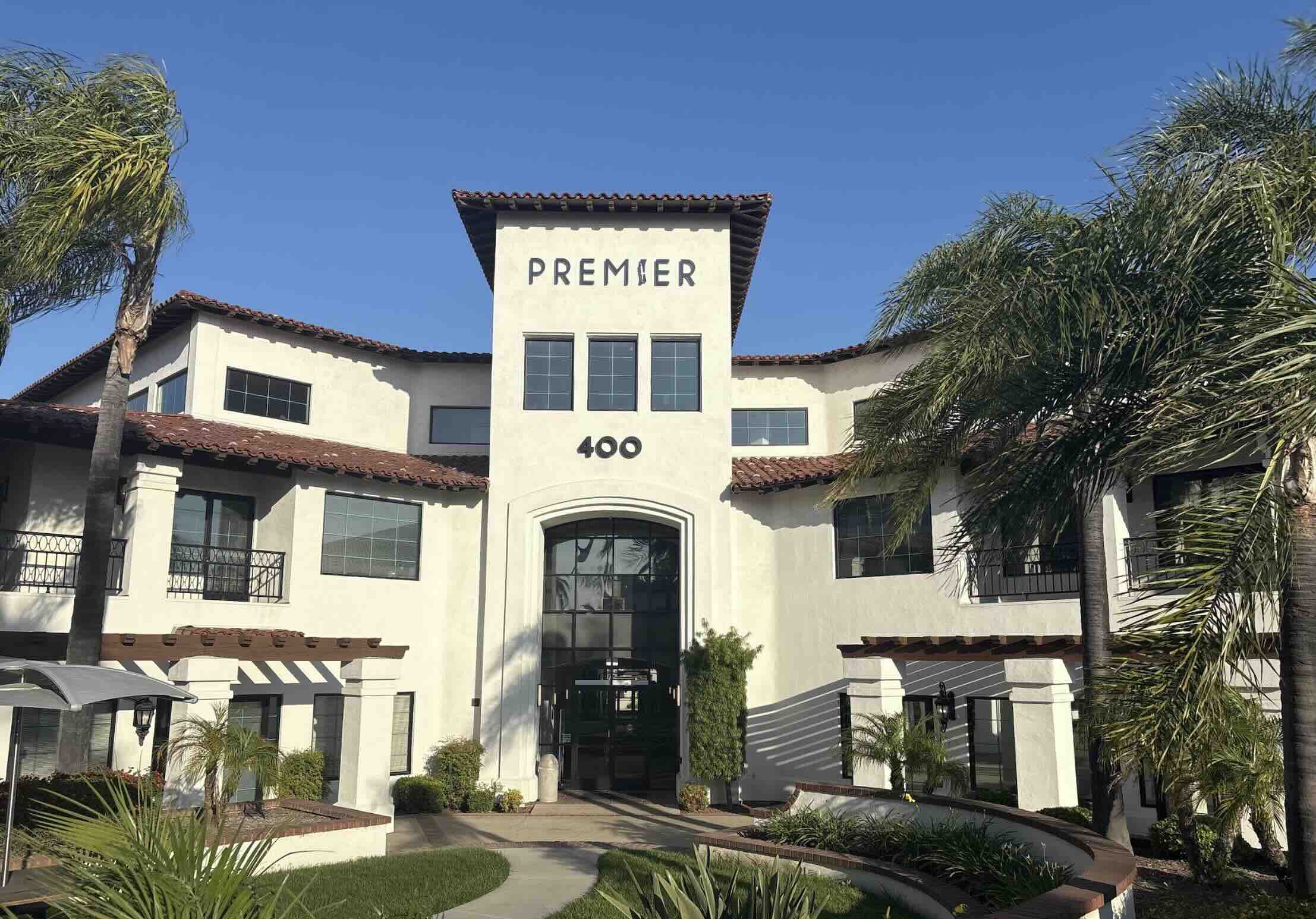Meniscus Repair
A meniscus repair involves reattaching torn cartilage by affixing it surgically. Meniscus repair’s do better in the area known as the “red zone” – the outer 1/3 of the meniscus. The red zone is the only part of the meniscus that has blood flow and can therefore heal. Meniscus removal surgery, known as partial meniscectomy, is usually performed for tears in the inner 2/3 of the meniscus, or white zone, where there is no blood supply.
The Process Toward Surgery
When a meniscus tear occurs in the red zone, it is possible for the tear to heal on its own. Smaller tears can often heal with rest, ice, compression and elevation (RICE). However, if you do not experience improvement over the course of a few weeks, surgical intervention may be necessary.
How Do We Know When Surgery Is Needed?
Ultimately, there are many unknowns until we perform surgery and visualize the knee structures. And it is impossible to know if the meniscus will repair itself sufficiently. However, surgery, while not urgent or emergent, should be performed within two months after the original tear to allow for the best chance of a complete repair and swift recovery. Waiting too long can allow the meniscus tear further. If the tear extends into the white zone of the meniscus, a repair may not be possible. Further, if a piece of cartilage breaks away, a possibility if the tear is left untreated, it can damage other cartilaginous structures of the knee.
How Surgery Works
A meniscus repair procedure is performed on an outpatient basis which means that you will be able to leave the surgery center on the same day as the procedure. The entire procedure takes about an hour to an hour and a half depending on the scope and severity of the tear. Virtually all meniscus repairs will be performed arthroscopically – this is a minimally invasive surgery that only requires 3 to 4 small holes in the knee versus a larger incision in open surgery.
We begin with a diagnostic arthroscopy – inserting a tiny high definition camera to visualize the knee structures and assess the severity of the tear and options for repair. If we determine that a repair can proceed, specially made minimally invasive medical devices allow your surgeon to perform the procedure quickly and safely. During the procedure, the meniscus will be repaired with sutures, absorbable tacks or a device.
Many meniscus tears have other concurrent knee injuries such as an anterior cruciate ligament or ACL tear. If this is the case, the meniscus repair will be performed at the same time as the ACL reconstruction.
The Benefits of a Meniscus Repair
If you are a candidate for an arthroscopic meniscus repair, there are many benefits. Since the repair preserves healthy meniscus tissue, the likelihood of experiencing arthritis in the knee 10 or 20 years from now is decreased significantly. Further, successful meniscus repairs can allow you to return to normal activity – even strenuous sports activities. And, while the repair does require a longer rehabilitation, the benefits over a partial meniscectomy / cartilage removal procedure are significant.
Outcomes
Approximately 90% of meniscus repairs are successful. Outcomes are further improved when performed alongside an ACL reconstruction as blood flow is increased to the structures of the knee including the meniscus. Repairs performed within 2 months of injury have the greatest chance of success.
Outcomes are further improved if the patient is healthy, the meniscus tissue is healthy, the tear is small and closer to the edge of the meniscus and the choice of a very experienced orthopedic surgeon.
Risks of Meniscus Repair Surgery
While minimally invasive and generally very safe and effective, every surgery had risks and a meniscus repair is no different. We estimate the overall risk of complications to be somewhere around 1% – very low. Most complications involved the nerves in the skin or less commonly, larger nerve bundles. Rare complications include infection, blood clots and damage to blood vessels. An experienced orthopedic surgeon will be able to mitigate many of these risks, which will be discussed during consultation.
Post-Op Recovery
Patients will be discharged from the surgery center with narcotic and anti-inflammatory medication. It is important that you mitigate the pain, but always take the least powerful medication you need to mitigate the discomfort. Narcotic pain medication is usually only needed for the first 2 to 3 days. Afterwards, anti-inflammatory medication should be plenty to keep you comfortable.
You may also be discharged with a knee brace to keep the knee stable during the recovery period. You may also be sent home with a cryo-cuff which adds compression and cold to minimize swelling and improve pain. Your orthopedic surgeon will let you know if you can put full weight on the knee or if crutches are necessary. Follow your post-op recovery package closely to ensure a swift and complete recovery.
You will begin a course of physical therapy almost immediately after surgery to strengthen supportive muscles (like the quadriceps), reduce swelling and improve range of motion (back to 90 degrees). The length and scope of physical therapy will depend on a number of factors and will be determined after surgery.
Longer-term post-operative recovery will vary based on the severity of the tear as well as progression of the recovery. Running can typically commence about 4 months after surgery. Complete return to normal activity takes about 5-6 months. If you are at higher risk of arthritis, some sports may be discouraged.
To learn more about meniscus tear surgery and to schedule a consultation, please contact us.


